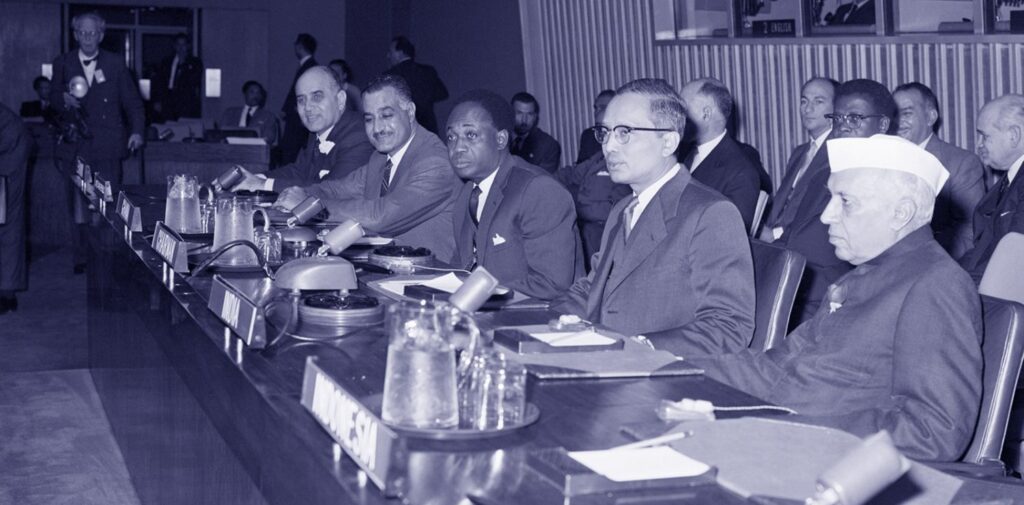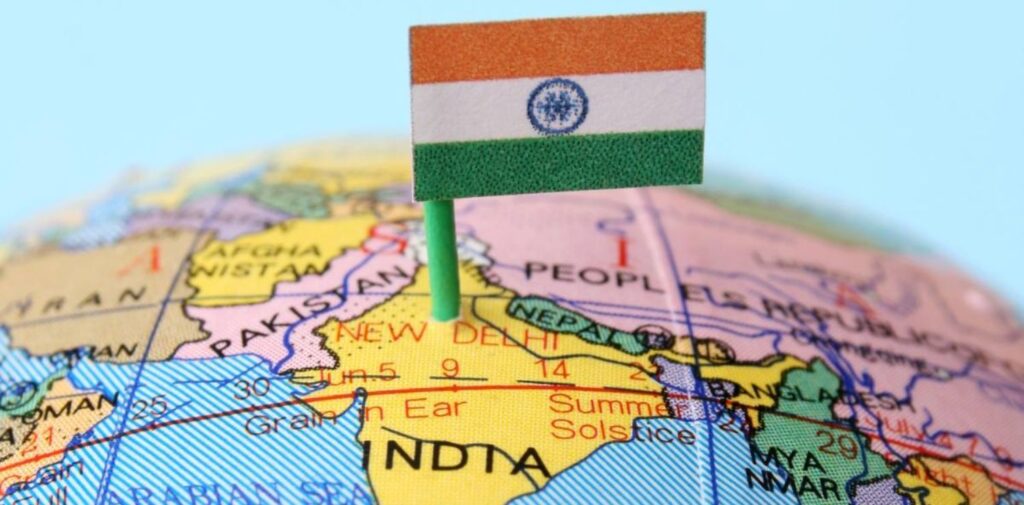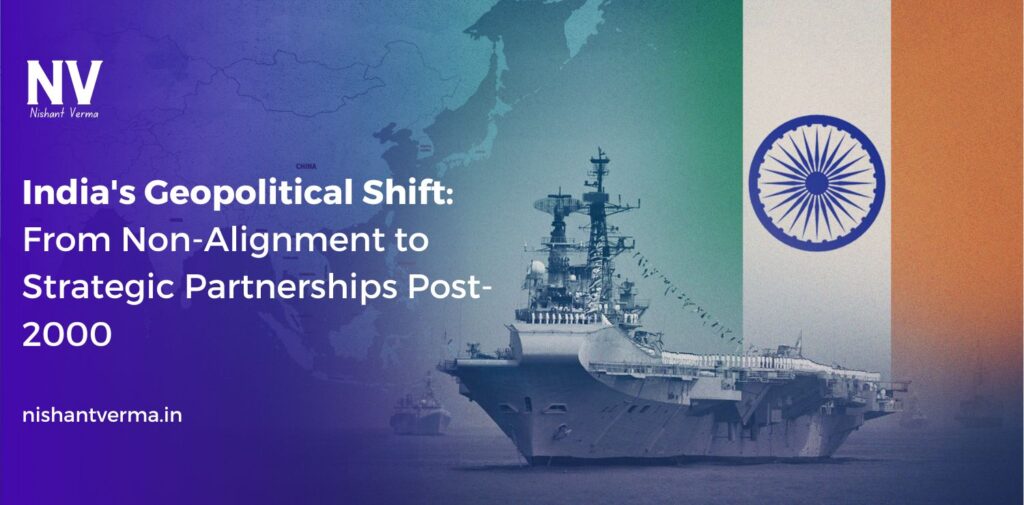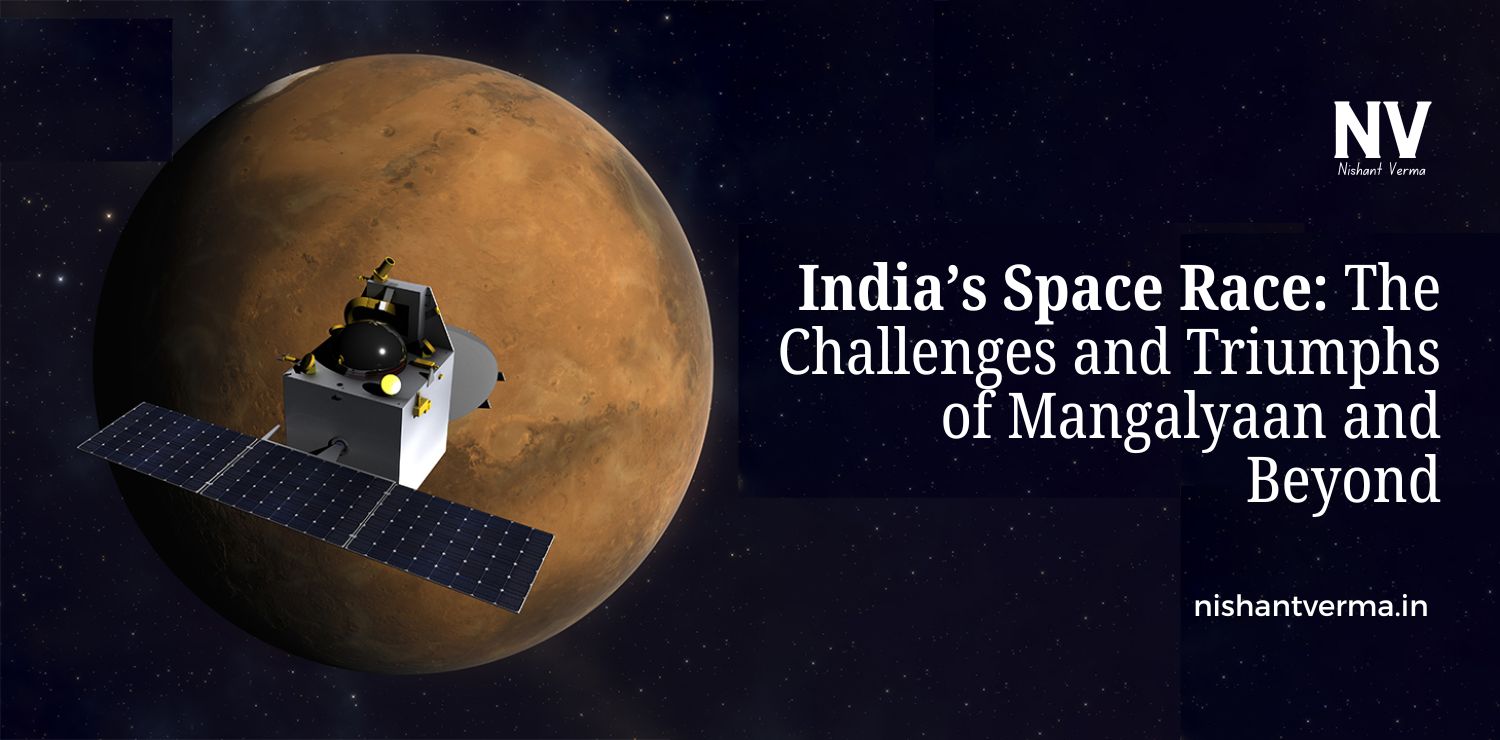India’s foreign policy has undergone a significant transformation since the turn of the 21st century. Once committed to the principle of non-alignment, which sought to keep the country out of the influence of major global powers during the Cold War, India’s approach has evolved into one of strategic partnerships with various countries. This shift has been driven by economic, security, and geopolitical considerations, as India has sought to assert itself as a rising global power. In this article, we will explore how India’s geopolitical stance has changed from non-alignment to strategic partnerships, the reasons behind this shift, and its impact on global politics.
The Era of Non-Alignment
India’s commitment to non-alignment began shortly after its independence in 1947. At the height of the Cold War, when the world was divided into two opposing blocs led by the United States and the Soviet Union, India chose not to align itself with either superpower. Instead, India followed a policy of non-alignment, which meant that it would remain neutral and independent in its foreign relations, seeking cooperation with both the West and the East, while avoiding becoming entangled in superpower rivalry.
The philosophy of non-alignment was championed by India’s first Prime Minister, Jawaharlal Nehru, who believed that India could be a leader of the newly independent nations of the global South, advocating for peace, disarmament, and economic development. The policy of non-alignment was not just about avoiding military alliances; it also reflected India’s desire for strategic autonomy and independence in decision-making. For several decades, India adhered to this principle, maintaining cordial relations with both the United States and the Soviet Union while focusing on economic self-sufficiency and regional stability.
However, as the global landscape changed over time, particularly after the end of the Cold War and the rise of new economic powers, India began to reassess its non-alignment policy, gradually moving towards a more flexible and pragmatic approach to foreign relations.

Economic Liberalization and Changing Global Dynamics
A major turning point in India’s foreign policy came in the early 1990s when the country underwent economic liberalization. Faced with a balance of payments crisis and mounting economic challenges, India opened up its economy to global markets. This economic reform not only transformed India’s internal development but also altered its role in global politics. The liberalization led to a surge in foreign investment, trade, and technological advancements, positioning India as an emerging market with enormous potential.
In this new economic environment, India’s leaders recognized the importance of building strong economic ties with the world’s leading powers. This shift toward a more outward-looking approach was further solidified by India’s growing strategic interests in a rapidly changing global order. The collapse of the Soviet Union in 1991 and the subsequent unipolarity of the United States as the sole superpower forced India to rethink its alliances and partnerships. India began to see the benefits of engaging with global powers and regional players to secure its economic and security interests.
The Emergence of Strategic Partnerships
By the early 2000s, India began to gradually distance itself from the rigid non-alignment stance and moved toward establishing strategic partnerships with key global powers. These partnerships were based on shared interests rather than ideological alignment, focusing on areas such as defence, trade, technology, and regional security. One of the first major signs of this shift was India’s warming relationship with the United States.
In 2005, India and the United States signed the U.S.-India Civil Nuclear Agreement, a landmark deal that allowed India to access civilian nuclear technology despite not being a signatory to the Nuclear Non-Proliferation Treaty (NPT). The agreement symbolized the growing strategic ties between the two countries and marked a significant departure from India’s previous policy of non-alignment. It was a clear indication that India was now willing to enter into partnerships based on pragmatic considerations rather than historical ideological commitments.
Similarly, India’s relationship with countries like Japan, Australia, and Israel also deepened during this period. These nations, recognizing India’s rising economic and military potential, saw the value in forging strategic partnerships with India. These alliances were often driven by shared interests in regional security, especially in the context of an increasingly assertive China in the Indo-Pacific region.

India’s Role in the Indo-Pacific Region
One of the most significant areas where India geopolitical shift has become evident is in its approach to the Indo-Pacific region. The rise of China as a dominant power in Asia, both economically and militarily, has led India to reevaluate its strategic priorities in the region. As China expanded its influence through initiatives like the Belt and Road Initiative (BRI) and increased its military presence in the South China Sea, India found itself in need of strengthening its security partnerships to counterbalance China’s growing power.
India has actively engaged with regional powers such as Japan, Australia, and the United States through quadrilateral forums like the Quad (Quadrilateral Security Dialogue). The Quad has become an important platform for cooperation on issues related to regional security, maritime security, and counterterrorism. By participating in the Quad, India has demonstrated its commitment to a free and open Indo-Pacific, opposing China’s increasing assertiveness in the region.
India’s involvement in the Indo-Pacific also reflects its broader strategy to enhance its influence in the region. Through initiatives like the Act East Policy, India has sought to strengthen its ties with Southeast Asian countries, including Vietnam, Indonesia, and Singapore, further cementing its position as a regional leader.
Engagement with Other Major Powers
India’s shift towards strategic partnerships is also visible in its engagement with other major global powers, particularly Russia and China. Despite the growing security concerns over China’s rise, India has maintained a pragmatic relationship with China, especially in the economic sphere. China remains one of India’s largest trading partners, and both countries have continued dialogue through platforms like the BRICS (Brazil, Russia, India, China, South Africa) grouping. However, tensions over territorial disputes, particularly in the Doklam and Ladakh regions, have also strained the relationship at times.
India’s partnership with Russia remains strong, especially in the defence sector. Russia has been a long-time supplier of military equipment to India, and the two countries share common interests in countering the influence of the United States and NATO in the region. Russia continues to be a critical ally for India in terms of defence technology and energy security, making their relationship an essential aspect of India’s foreign policy.
Simultaneously, India has expanded its relations with European countries like the United Kingdom, France, and Germany, with a focus on trade, investment, and climate change cooperation. India’s engagement with the European Union has also been growing, as both sides seek to deepen economic ties and collaborate on global challenges such as terrorism and the environment.

Challenges and Opportunities in India Geopolitical Shift
While India’s shift from non-alignment to strategic partnerships has provided numerous opportunities, it has also posed certain challenges. One of the biggest challenges is balancing its relationships with competing global powers. India’s growing ties with the United States, for example, sometimes create tension with its historical partner Russia. Similarly, India’s engagement with Japan and Australia may not always align with China’s interests, adding complexity to its foreign policy.
Furthermore, India’s engagement with global powers often brings with it the challenge of navigating regional conflicts and disputes, particularly in South Asia. Tensions with Pakistan over the Kashmir issue and border disputes with China continue to shape India’s foreign policy priorities.
Nevertheless, India geopolitical shift presents significant opportunities for the country to play a more prominent role on the global stage. By fostering strategic partnerships, India can assert its influence in regional security, global trade, and climate change. India’s growing economic power, combined with its democratic values and strategic position, makes it a key player in shaping the future of global politics.
Conclusion
India geopolitical shift from non-alignment to strategic partnerships is a reflection of the country’s evolving role in the world. While non-alignment served India well during the Cold War, the rapidly changing global order and India’s emergence as a rising economic and military power have necessitated a more flexible and pragmatic approach to foreign relations. Today, India’s strategic partnerships with countries like the United States, Japan, and Russia, along with its active engagement in the Indo-Pacific region, highlight its growing global influence. Despite the challenges, India geopolitical shift presents significant opportunities for the country to assert itself as a leading power on the world stage, shaping the future of global politics and security.




